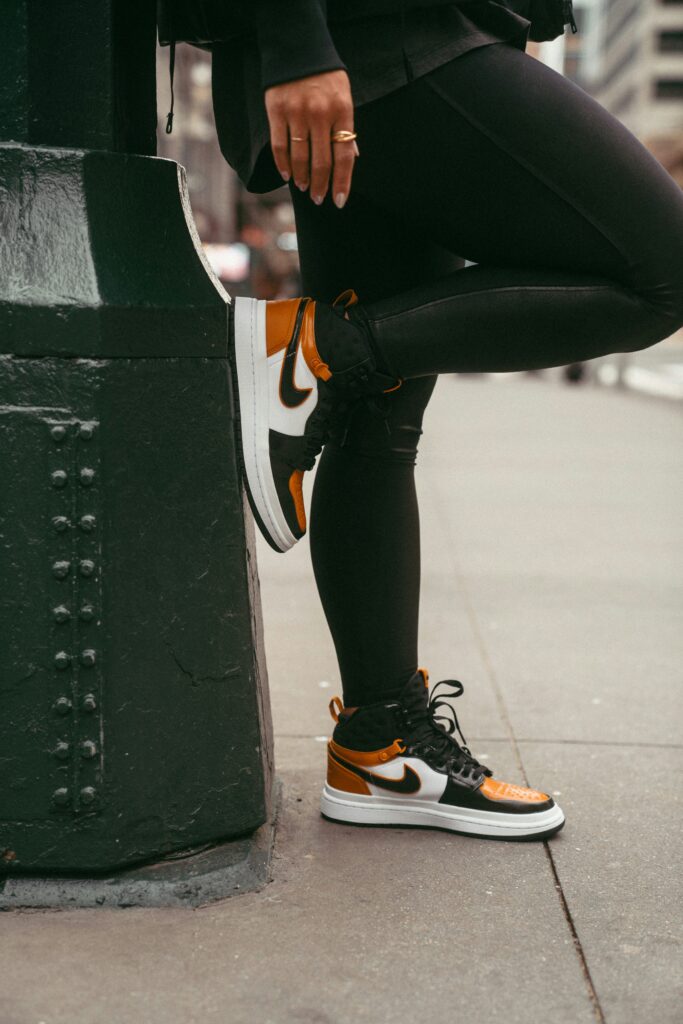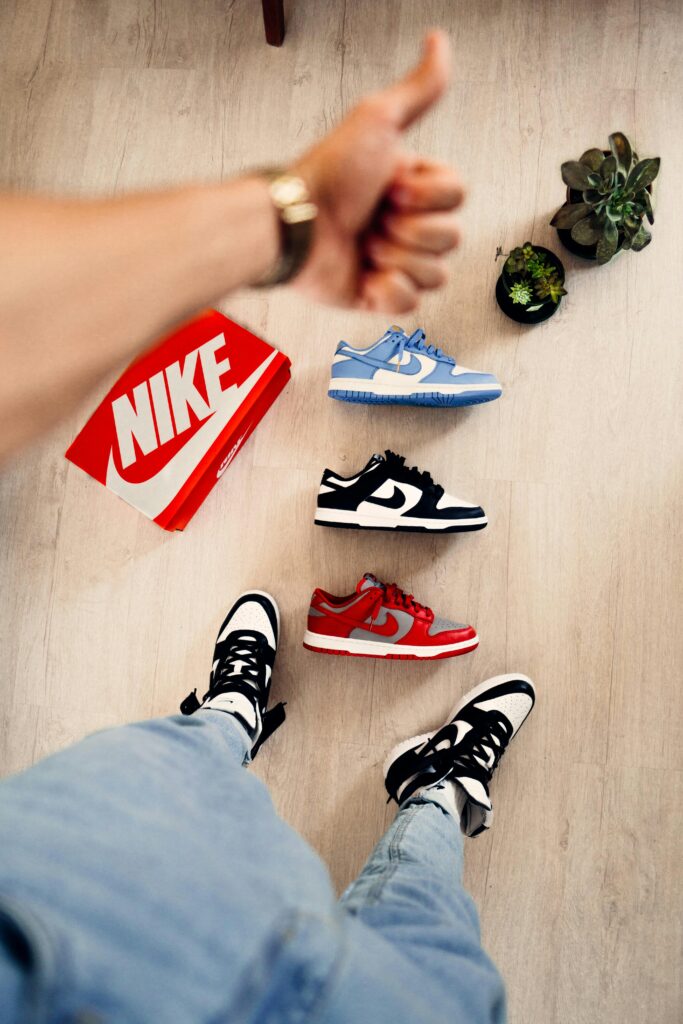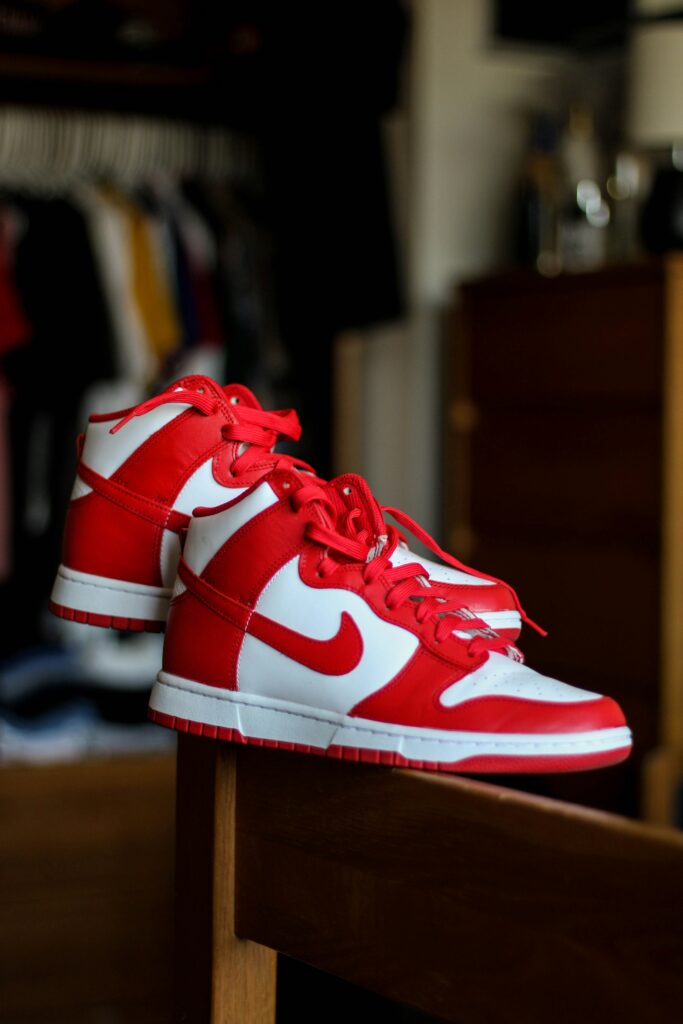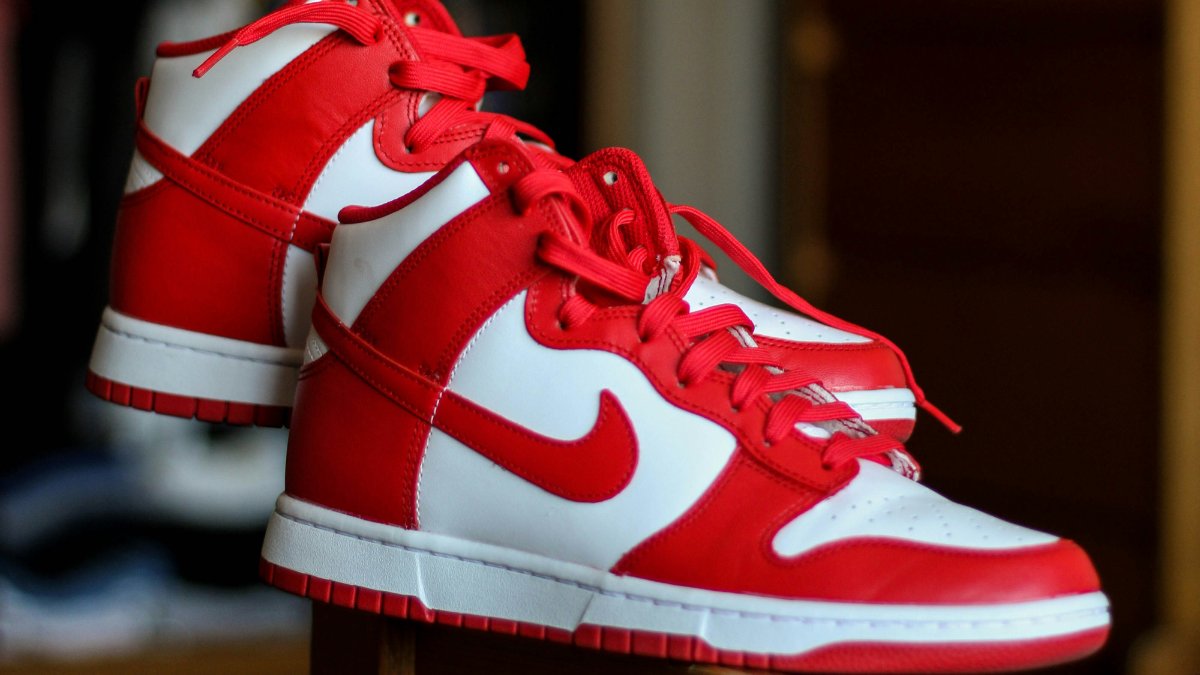Your next pair of sneakers might soon come with a much higher price tag. In a bold and controversial trade move, former President Donald Trump has announced sweeping new tariffs—part of what he calls a “reciprocal” trade policy. The headline grabber? A massive 46% tariff on imports from Vietnam, one of the most important suppliers of shoes to the U.S. market.
What Are Reciprocal Tariffs?
On Wednesday, Trump rolled out a trade framework based on reciprocity. Under the new plan, countries that impose tariffs on U.S. goods will now face equivalent or near-equivalent tariffs from the U.S. The former president described this as a way to “Make America Wealthy Again” and referred to it as a declaration of “economic independence.”
According to data released by the White House, China will now face a 34% tariff—compared to the 67% it reportedly charges on American goods. Vietnam’s rate will be set at 46%, a response to what the administration says is a 90% tariff burden on U.S. exports to the country.
While the strategy may sound like a power play to level the global playing field, the impact on everyday Americans could be swift and severe—especially in areas like apparel and footwear, where Vietnam plays a dominant manufacturing role.
Why Vietnam Matters to Your Closet

For years, Vietnam has served as a key manufacturing hub for major footwear brands looking to diversify production away from China. According to the Footwear Distributors and Retailers of America (FDRA), nearly one-third of all footwear imported to the U.S. in 2023 came from Vietnam, making it the leading source of shoes for American consumers.
Major global brands like Nike, Adidas, Puma, and Steve Madden depend heavily on Vietnamese factories. Nike produces around 25% of its shoes in Vietnam. Adidas and VF Corporation—parent company of Vans, The North Face, and Timberland—also maintain substantial operations in the country.
This shift away from China to Vietnam has been underway for years, largely in response to the original round of tariffs Trump introduced during his first term. But now, Vietnam is squarely in the crosshairs, and companies are scrambling.
Shares of companies like Nike, Deckers Brands (maker of Ugg and Hoka), and VF Corporation dropped sharply following Trump’s announcement, reflecting investor concerns over rising costs and shrinking margins.
What Tariffs Mean for Consumers
The cost of tariffs doesn’t stay on the balance sheets of companies—it often ends up on your receipt. A key misunderstanding about tariffs is who actually pays them. According to the National Retail Federation (NRF), tariffs are taxes paid by U.S. importers, not by foreign manufacturers or governments. That means the increased cost of importing goods like sneakers and boots will likely be passed directly to American shoppers.
Gregory Daco, chief economist at EY Parthenon, explained the inflationary ripple effect this way: in a recent survey, at least half of business executives said they would pass on two-thirds of the tariff-related cost increases immediately to consumers.
“What that tells you is that there’s not going to be much of a buffer between the import prices and the consumer prices,” Daco said.
That’s particularly troubling in a retail landscape already defined by high inflation and shrinking discretionary spending. Footwear companies, already under pressure from supply chain disruptions and rising raw material costs, now face yet another blow—one that could make shoes significantly more expensive across the board.
Matt Priest, CEO of the FDRA, called the tariff move “catastrophic” for working families. “We had hoped the president would take a more targeted approach, but these broad tariffs will only drive up costs, reduce product quality, and weaken consumer confidence,” he said. “This will accelerate shrinkflation, making everyday goods more expensive while delivering less.”
Priest emphasized the need for what he called “surgical actions” in trade policy, rather than sweeping tariffs that raise costs without resolving supply chain or inflation concerns.
Can Companies Shift Again?

For many brands, Vietnam wasn’t just a convenient option—it was a carefully planned hedge against Chinese tariffs. The transition took years and involved major investment in new suppliers, training, and infrastructure. Repeating that process won’t be easy.
Industry insiders warn that shifting production to new countries—like Cambodia, the Philippines, or Indonesia—comes with major risks: unstable logistics, limited capacity, higher labor costs, and longer lead times.
Even if a company decides to move production, it won’t happen overnight. In the meantime, they’ll be forced to either absorb the 46% tariff or pass it on to consumers. Neither is an appealing option, especially in a competitive market where customers are becoming increasingly value-conscious.
Trump has insisted that these tariffs will help bring manufacturing back to U.S. soil, boosting jobs and increasing domestic output. But critics say there’s little evidence that American factories can quickly ramp up to replace overseas production—particularly in a complex industry like footwear.
No Quick Fix for Retailers or Consumers
The retail sector is bracing for prolonged uncertainty. At a recent industry webinar, international trade lawyer Laura Siegel Rabinowitz said the new tariff regime will be difficult to navigate, particularly because the duties are both product- and country-specific.
She advised companies to conduct detailed supply chain audits to understand where their components originate, since product classification and country of origin will play a crucial role in determining final duty rates.
For brands that hope to legally minimize the impact, there may be some flexibility in shifting how products are classified or how components are sourced—but Rabinowitz cautioned that compliance must remain a top priority.
Meanwhile, the Morgan Stanley research team warned that these tariffs are just the beginning of what could be a drawn-out negotiation process. While some of the new duties are expected to take effect immediately (like the Vietnam tariff set for April 9), others may be phased in—suggesting that trade tensions could remain high for the foreseeable future.
The Bottom Line

Trump’s new 46% tariff on Vietnamese imports may be framed as a patriotic move to balance trade, but its impact will be felt most directly by American families. With footwear brands relying heavily on Vietnamese manufacturing, the cost of everyday items like sneakers, boots, and sandals is likely to rise—just as inflation continues to squeeze consumers.
While the administration hopes these policies will bring production back to U.S. shores, there is no quick or easy replacement for the scale and efficiency that countries like Vietnam offer. In the meantime, shoppers may need to prepare for some serious sticker shock.
If your go-to pair of shoes suddenly costs $30 or $40 more in the coming months, now you know why.

